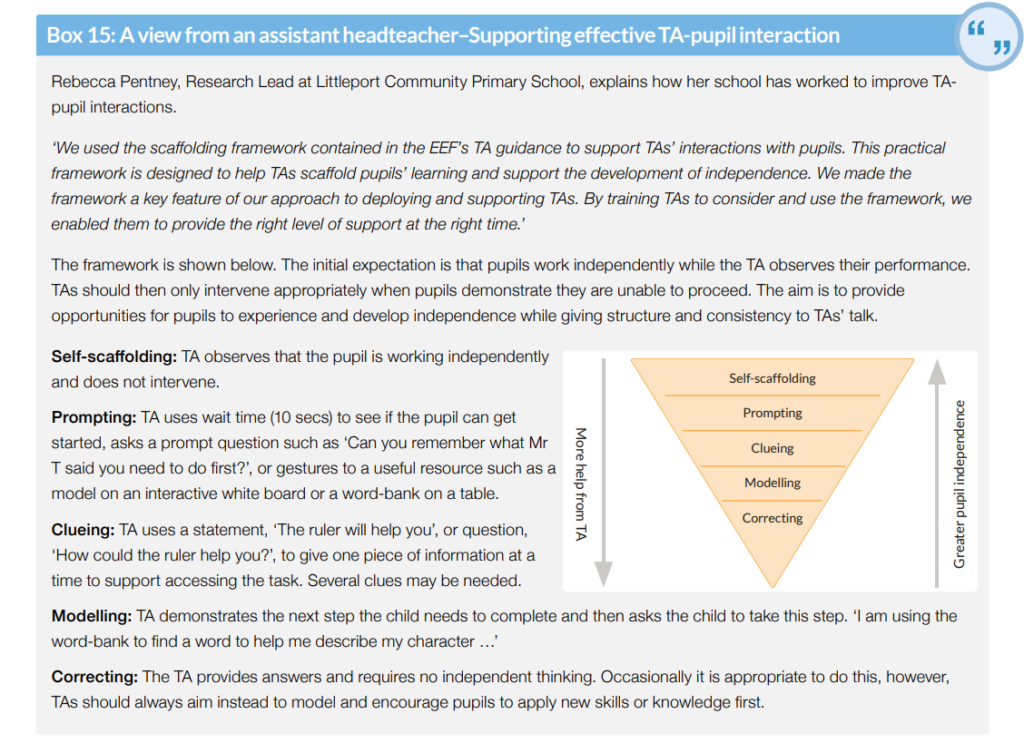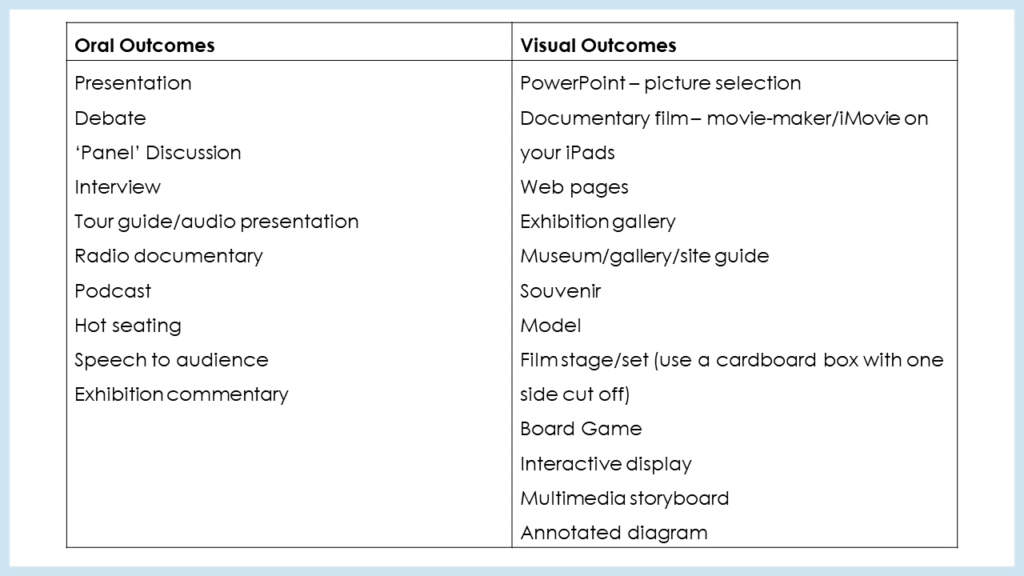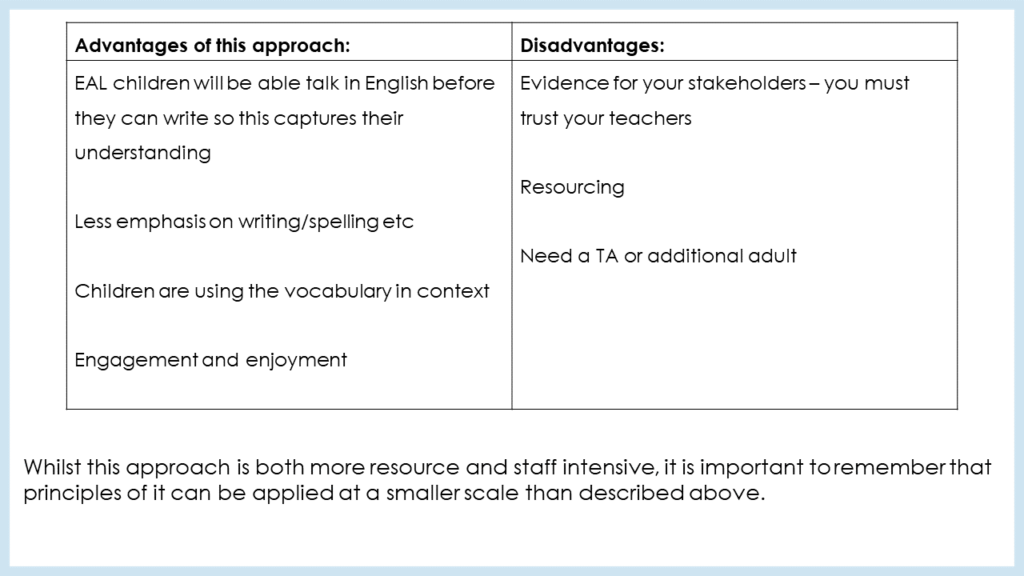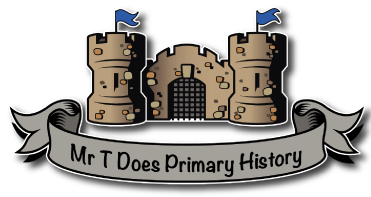Sue Temple, Senior Lecturer in Primary History, Quality Mark Assessor for the Historical Association, member of the HA primary committee 2006-2023, regular contributor to Primary History, previously a teacher in a Pupil Referral Unit and Early Years teacher as well as general primary.
First of all, I want to point out I am writing this from the point of view that you don’t know very much so my apologies if some of this seems basic, but we need to get the basics right before we can consider how you might then adapt for children who are struggling. I would also say that ALL children are different, and all classes are different, so what works one year with one child may not another year – but that’s teaching isn’t it! I also need to acknowledge that your school may insist things are done a particular way and this will be (hopefully!) for very good reasons but I do hope anyone reading this will go away with a few new things to try with their classes.
As an ex-nursery and Pupil Referral Unit teacher, I am a huge advocate for lots of talk and practical activities. We need to think in terms of “quality first” teaching; good history teaching for your SEND children shouldn’t be different – good SEND history teaching is good history teaching for your whole class. Think about your explanations, your questioning skills, how well does your TA understand what is essential in the lesson and how well you’ve chosen the resources you are using.
How do we embed the National Curriculum in the classroom?
We need to keep in mind the National Curriculum aims of Chronological Understanding (aim 1/6), understanding what ‘being’ a Historian (aim 4) means, Knowledge and Understanding (aim 2/3) and Historical Enquiry and Interpretation (aim 5). Are you helping your children to develop these skills as well as building up more knowledge? For example, a Mystery Bag containing a few items e.g. bus ticket, receipt from local shop, dummy, wallet/purse with a photo etc – how can we work who owns it? Requires the children to be critical thinkers – to try out hypotheses and decide which could potentially be right and which wrong – and why. Or a bag of rubbish from the people who lived in a house – pet food containers, vet’s appointment card, receipt from Tesco’s, postcard, birthday card, wrapper from boy’s pyjamas, letter from school etc Who lived in this house? Adults – how many children? Pets? Etc Once your pupils have gone through this scenario, they will be able to better understand the process of archaeology.
So, let’s remind ourselves what it means to get better at history, how do our children demonstrate they are making progress? We need be very clear about this ourselves so we can identify children who are struggling to make progress – and remember it won’t always be the same children who struggle in maths or literacy.
- Wider, more detailed and chronologically secure knowledge
- Sharper methods of enquiry and communication
- Deeper understanding of more complex issues and of abstract ideas
- Making greater use of history’s concepts and skills
- Greater independence in applying all these qualities
(taken from Temple, S and Wilkinson, A (2019) Collins Primary History Teacher’s Guide)
Your school should have some kind of progression document for you to assess progress against and hopefully it includes these aspects. Jamie Bryon’s Progression document is a useful starting point if you haven’t. Available free to HA members here.
Building more in-depth and more interconnected knowledge
Before we get to the nitty gritty of how we teach we need to think about what we are teaching. For all children, but SEND children in particular, your curriculum needs to be relevant for them, you need to consider how you are going to build up the children’s schemata and how you are going to do this taking into consideration cognitive load theory and memory. For those of you unfamiliar with the term schemata, this means the concepts/threads/pathways that your children are building up through their developing knowledge and understanding. They are the building blocks that children can add knowledge to as they move through school – e.g. civilisation starting from what a city is in KS1 and building this up to include ancient civilisations through the school. Cognitive Load Theory and memory need to be considered too. We can only hold a limited number of pieces of information in our working memory and can only use about 4 of these – it may be less for lower ability children, so focus on the specifics, remove the extraneous, build up the germane.
Reduce distractions – on PPTs as well as in the classroom. Relevance is important in your curriculum design, having a clear aim of where you want your children to get to – but be realistic too what is your school population made up of? How do you choose Units that are the best suited for your children? For example, one school I visited with a high percentage of Muslim children decided to do Women’s History Month to try and build aspirations but not Black History Month as they felt their curriculum already addressed this.


In the first example, the visual is kept simple to provide a clear emphasis. It focuses on one clear stage of the lesson before moving on. This ensures it is simpler for children to navigate the page and focus on the area the children are being directed towards. This second image is more complex and ‘busy’ because it includes additional stages of the lesson on one slide. This adds cognitive load and is less precise therefore it is harder for children to focus on specific areas of the task at hand.
Adaptations, previously known as differentiation, can take four main forms:
- by support from a teacher, teaching assistant or peers
- by resource through using additional equipment for example, writing frames, images or timelines
- By outcome – so different expectations maybe less writing for example
- By task – a completely different task – for example labelling an image or diagram rather than writing a report.
Try to use a variety of these approaches, your overall aim will always be to develop the children’s independence so try not to overuse any one of these. This diagram below is taken from the Education Endowment Foundation – Special Educational Needs in Mainstream Schools Guidance Report (March 2020, P37). It shows how the adaptations and support we offer needs to start with self-scaffolding and not with the TA correcting the child’s work or telling them the answers! This is a good diagram to use a starting point for discussions with your TAs – many of whom are extremely skilled practitioners.

Think about how radical you want to be – or will be allowed to be?! Remember that research shows that mixed-ability groupings work better for more of the children in your class. Consider if you really HAVE to do writing in every lesson or for assessment purposes. Your SEND and EAL children may well be able to demonstrate their understanding better through an oral task and practical activities will enable more of the class to engage for longer. This could be using an iPad to record the children’s answer to an enquiry question orally, then using a platform such as seesaw or Google Classroom to store this. A QR code with an appropriate label can then be stuck in books as evidence of the outcome.
Have some alternatives to writing across your planning for example:

You could consider being even more radical! One school I visited in Bolton took a much more creative approach. One Unit of History per year was set aside as their creative unit. The teachers taught some new information explicitly then the children responded creatively without writing anything down. The classroom was organised into ‘stations’ for example, clay modelling, drawing, painting, collage, role play, junk modelling, greenscreen, dance, digital media. The children moved to a different station each week over the half term and the teacher and TA moved round and recorded children’s comments on post its – which were then kept in children’s file as evidence of their understanding.

I loved this approach, and it worked really well for this school – Ofsted visited shortly after I did and they were impressed too.
Going back to basics again and thinking about your teaching approaches – Do you use a lot of ‘chalk and talk’?
What about including more:
- Exploring artefacts and objects – individual or a suitcase, class museum or school museum
- Documentary sources e.g. census, letters, diaries
- Trails around a local building or area
- Visiting historical sites or museums – virtually if not actually
- Role play and drama- Freeze frames, hot seating, etc Role play areas in Key Stage 1 – and 2??
- Oral History
- Stories – help the children to visualise the time period, building up their ‘hinterland knowledge and maybe understand people’s responses and motivations better, use the relevant specialised language in context. Include books that are linked to your units of history – The Boy with the Bronze Axe, Goodnight Mister Tom, etc (list of some suggestions on the Facebook page in Files)
The children will be using their senses, actively learning not passively listening, challenging their thinking. They are more likely to remember what they are learning!
